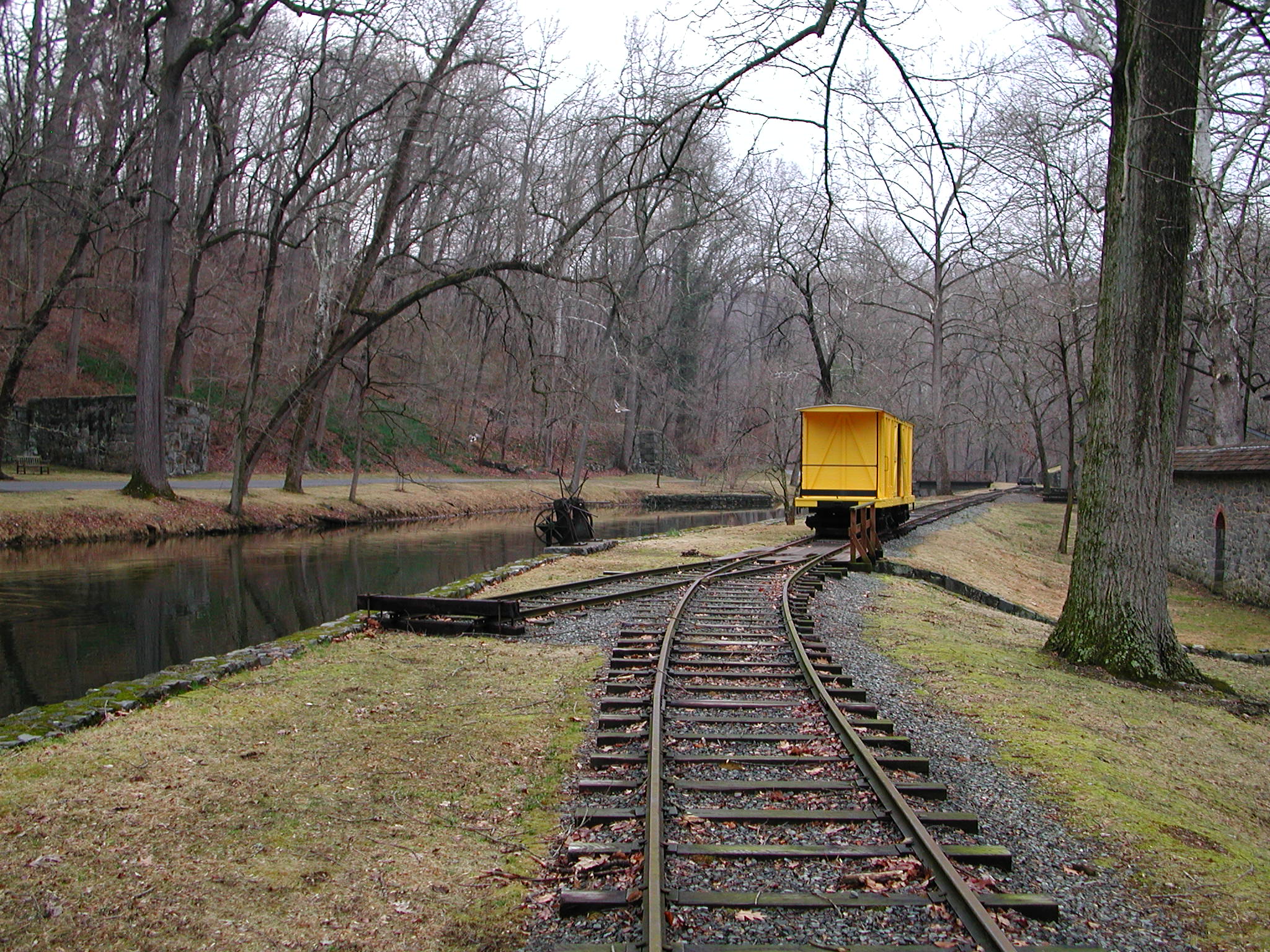Higher Education News | Week Ending February 21, 2020
| U.S. National | “Free College” in Historical Perspective | Also, “free college proposals” today may unwittingly limit student choice if the tuition buy downs are limited to selected institutional categories, such as public colleges and two-year community colleges. [Note: Ah, his point is in the final line. As I argue in _Honors of Inequality_, the federal student loan system exists today largely as an obscene federal subsidy for private, nonprofit institutions to educate the students who “merit” higher education at the expense of “needy” college-goers. “Free [public] college” from the states is the greatest threat to this federal subsidy.]Continue Reading

